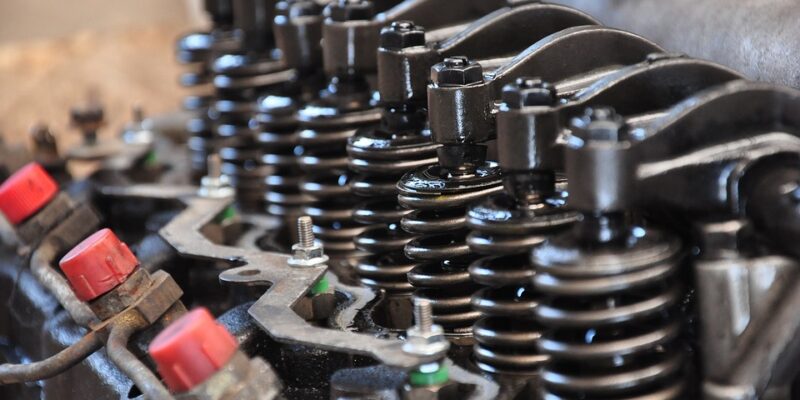Tips and Tricks for Mastering Iray Rendering Engine for Game Development
In the world of game development, creating realistic and visually stunning graphics is a top priority. One tool that has gained popularity among game developers is the Iray rendering engine. Iray is known for its ability to create high-quality, physically-based renders that can bring games to life. Here are some tips and tricks for mastering the Iray rendering engine for game development.
Understand the Basics of Iray
Before diving into advanced techniques, it’s important to understand the basics of the Iray rendering engine. Iray is a physically-based rendering engine that simulates how light interacts with materials in the real world. This means that it can produce highly realistic renders with accurate lighting, shadows, and reflections.
To get started with Iray, familiarize yourself with the interface and settings. Make sure to adjust the quality settings, such as the number of samples, to achieve the level of realism you desire. Experiment with different lighting setups and material properties to see how they affect the final render.
Optimize Your Scene
One of the keys to achieving fast and high-quality renders with Iray is to optimize your scene. This involves simplifying geometry, reducing the number of polygons, and using instancing when possible. By optimizing your scene, you can reduce render times and improve performance.
Another important aspect of scene optimization is using efficient materials. Iray supports a wide range of material properties, such as metalness, roughness, and transparency. By using physically-based materials and textures, you can achieve more realistic results in your renders.
Utilize Light Path Expressions
Light Path Expressions (LPEs) are a powerful feature of Iray that allows you to control how light interacts with different parts of your scene. By using LPEs, you can separate and manipulate different light paths, such as direct, indirect, and specular reflections. This gives you greater control over the final look of your renders.
Experiment with different LPEs to see how they affect the lighting in your scene. For example, you can create a separate LPE for caustics or reflections to enhance the realism of your renders. By mastering LPEs, you can achieve more dynamic and visually appealing results in your games.
Use Environment Maps and HDRIs
Environment maps and High Dynamic Range Images (HDRIs) are essential tools for creating realistic lighting in Iray. By using environment maps, you can simulate natural lighting conditions, such as sunlight, skylight, and reflections. HDRIs provide a wider range of brightness values, which can result in more realistic and accurate lighting in your renders.
Experiment with different environment maps and HDRIs to see how they affect the lighting and reflections in your scene. You can also use Iray’s built-in light sources, such as the sun and sky, to create a realistic outdoor environment. By using environment maps and HDRIs effectively, you can enhance the realism of your game renders.
Master Iray’s Material Editor
The Material Editor in Iray is a powerful tool for creating realistic materials and textures. By mastering the Material Editor, you can achieve more convincing and detailed renders for your games. Experiment with different material properties, such as color, roughness, and transparency, to create unique and lifelike materials.
Take advantage of Iray’s built-in material presets and texture maps to speed up your workflow. You can also create custom materials by adjusting the properties and settings in the Material Editor. By mastering the Material Editor, you can create visually stunning renders that will impress players and immerse them in your game worlds.
Optimize Render Settings
In addition to optimizing your scene, it’s important to optimize your render settings for faster and higher quality renders. Experiment with different sampling settings, such as the number of samples per pixel and the number of bounces, to achieve the desired level of quality. You can also adjust the render output resolution and aspect ratio to fit the needs of your game.
Consider using Iray’s denoising feature to reduce noise in your renders without sacrificing quality. Denoising can help speed up render times and improve the overall look of your scenes. By optimizing your render settings, you can achieve fast, high-quality renders that will impress players and make your games stand out.
In conclusion, mastering the Iray rendering engine for game development requires a combination of technical knowledge, creativity, and experimentation. By understanding the basics of Iray, optimizing your scenes, using advanced features like LPEs, and mastering the Material Editor, you can create visually stunning renders that will bring your games to life. Experiment with different techniques and settings to find the perfect balance of realism and performance for your games. With practice and dedication, you can become a master of Iray and create immersive gaming experiences that will captivate players.
